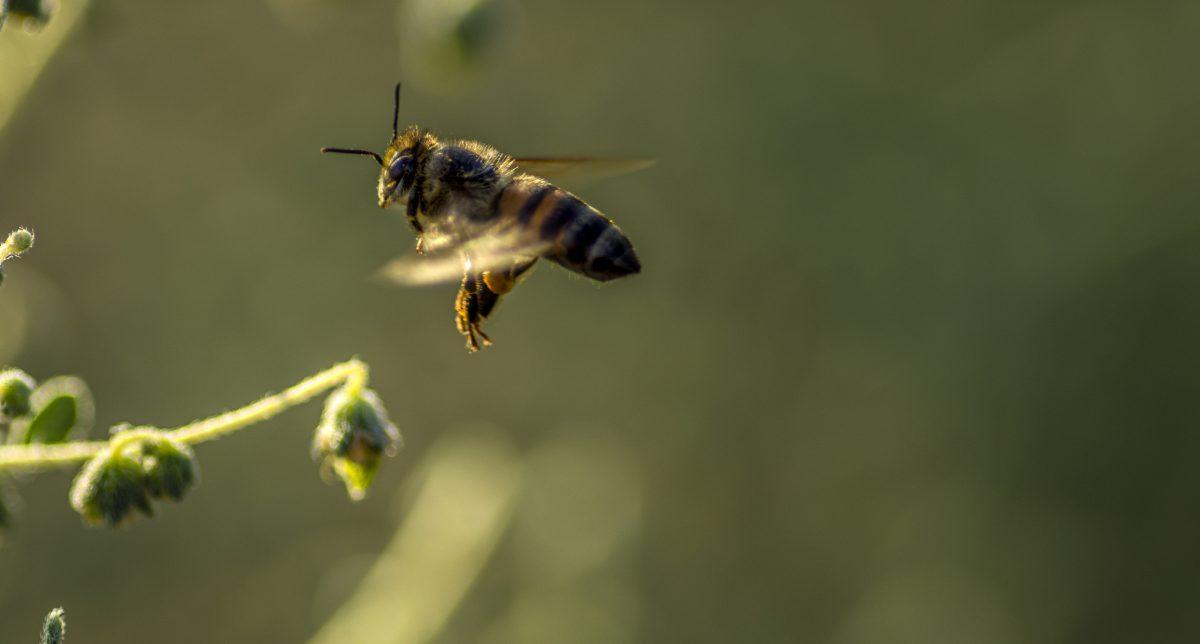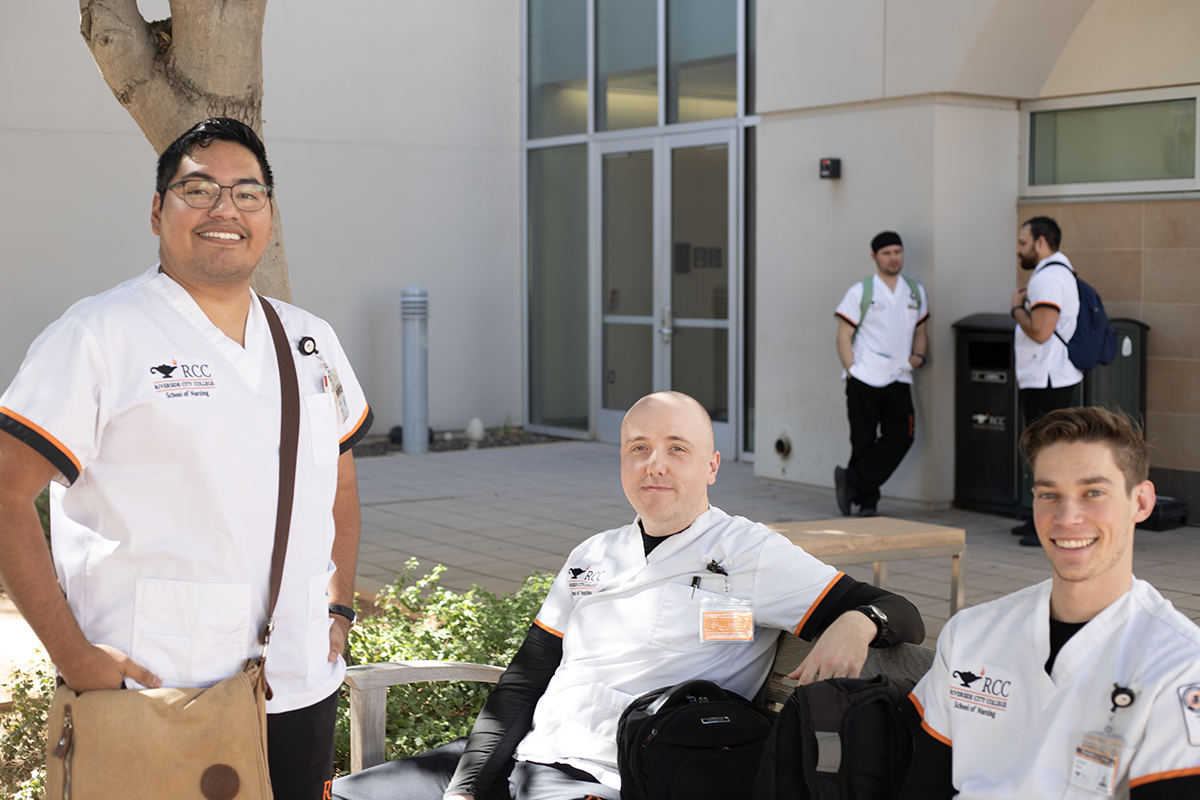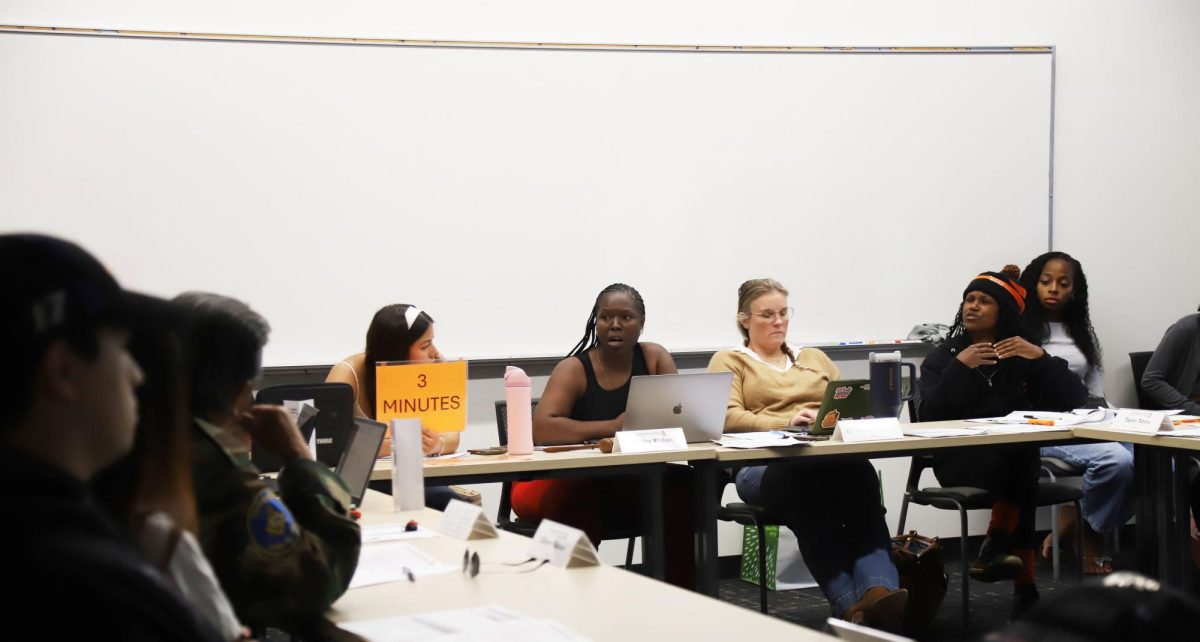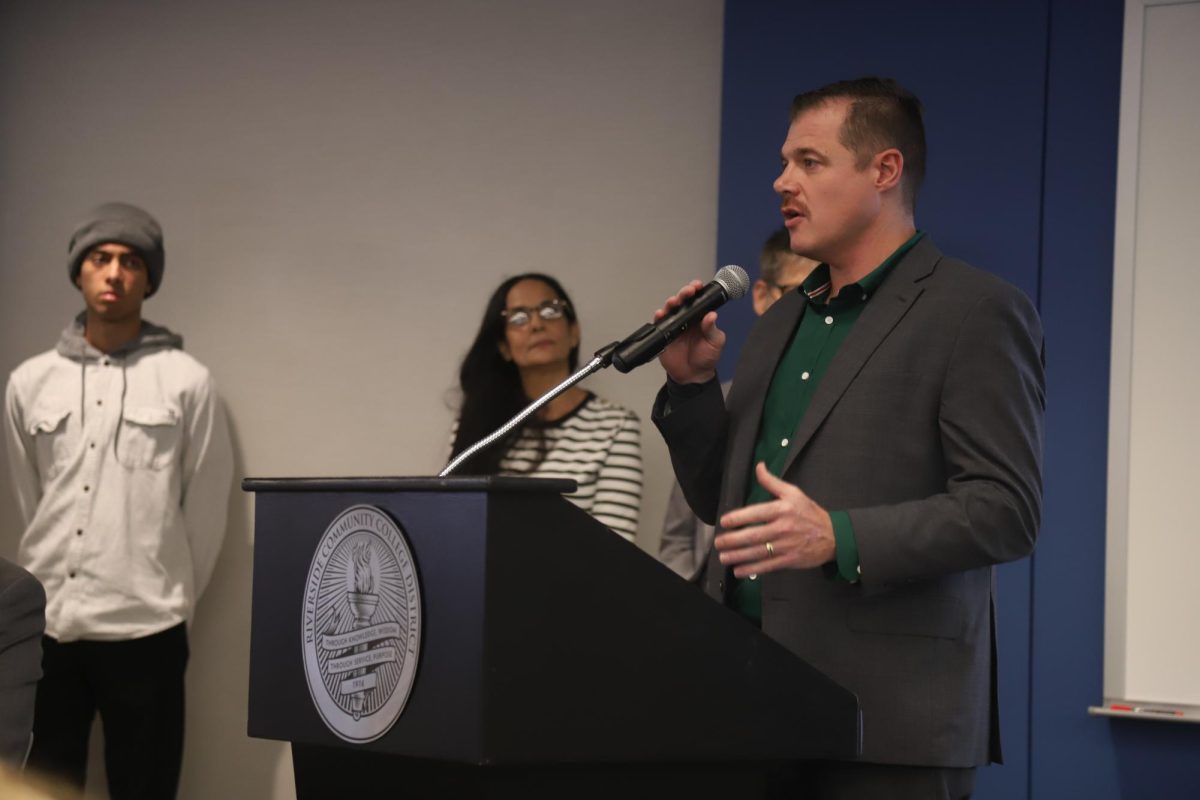By Samantha Ashley
Pollinators, organisms that aid in plant reproduction in ecosystems, are dying at unsustainable rates worldwide due to habitat loss, environmental changes and diseases.
Locals and farms across Riverside County, however, are adapting to help endangered native pollinators.
According to the United States Department of Agriculture, scientists estimate that one out of every three bites of food we eat exists because of pollinators such as bees, butterflies, moths, birds, bats and beetles.
Among the top global pollinators, butterflies, honey bees and bats are the most effective and at-risk pollinators.
“Estimates indicate that almost 90% of wildflower plants and 75% of food crops around the world depend on pollination for successful seed and fruit production,” according to the National Park Service. “Pollinators are vital to our food security, economy, and overall environmental health.”
So what is the current state of pollinators?
Fewer than 2,000 monarch butterflies are left as of the year 2020. The Center for Biological Diversity, a non-profit organization, states this number is far below the extinction threshold and must be drastically increased soon to begin saving the species.
The honey bee population is declining at a rate of 40% each year since 2018, according to Cornell University.
The United States Geological Survey notes that diseases, particularly White Nose Syndrome, has killed 90% of native bat populations in North America.
The continued urbanization of cities, like Riverside, dwindles the number of native plants that produce nectar and pollen for pollinators. According to the USDA habitat loss, disease, parasites and environmental contaminants have contributed to the declining numbers of pollinators.
Local farms in Riverside County have started to adapt and incorporate ways to help native pollinators.
Liberty Naud, a member of Sunsets and Citrus at Narwhal Family Farm in Riverside, has attracted pollinators by planting milkweed, lavender and vibrant roses meant for pollinators across 1.5 acres of land.
According to Naud, hundreds of monarch butterflies visited the Narwhal farm last season but says she has yet to see a decline in pollinators and mentions that the location and abundance of plants and flowers are likely the cause of this.
She recommends catering to pollinators and being pesticide, herbicide and fungicide free and to be conscious when interacting and providing for pollinators.
“Just let nature be nature,” Naud said.
Jillian Bottini, a geologist major at Cal State San Bernardino, believes humans should plant flowers for pollinators and also recommends being conscious of our personal impact on nature.
As a former RCC student, Bottini believes the college is making an effort to be more ecological and environmentally friendly but has concerns about the declining number of pollinators and worries about how this will affect the planet.
“We need bees not just for flowers but for us to survive,” Bottini said.
Mariela Buenrostro, a member of Raul & Family Farm, also in Riverside, sees a noticeable decline in pollinators over the years.
Buenrostro mentions that although they do not have plants dedicated for pollinators, planting them would be advantageous to all.
“If we were a bigger farm we would have a plot for pollinators that would obviously benefit us,” she said.
Farming organizations like Farmers for Monarchs devote time to working with and educating farmers on how to grow more sustainably. Farmers for Monarchs encourages planting of milkweed — the lifeline for the monarch butterfly.
The loss of native plants such as milkweed and nectar producing flowers has brought the population of the monarch butterfly to the brink of extinction.
The milkweed plant is the only plant on which the monarch will lay eggs, hatch and consume until forming a chrysalis to become a butterfly. Without this plant, the most vital first stages of this pollinator lifecycle cannot be enacted.
To aid the strife that pollinators now face worldwide, locals and farmers in Riverside County are willing to make changes and adapt better ways to farm, plant and interact with the environment to assist native pollinators.








John • Apr 11, 2022 at 2:29 pm
I see dead and dying bees on campus at RCC nearly every day. The deaths are apparently caused by the chemicals used by the grounds crew.